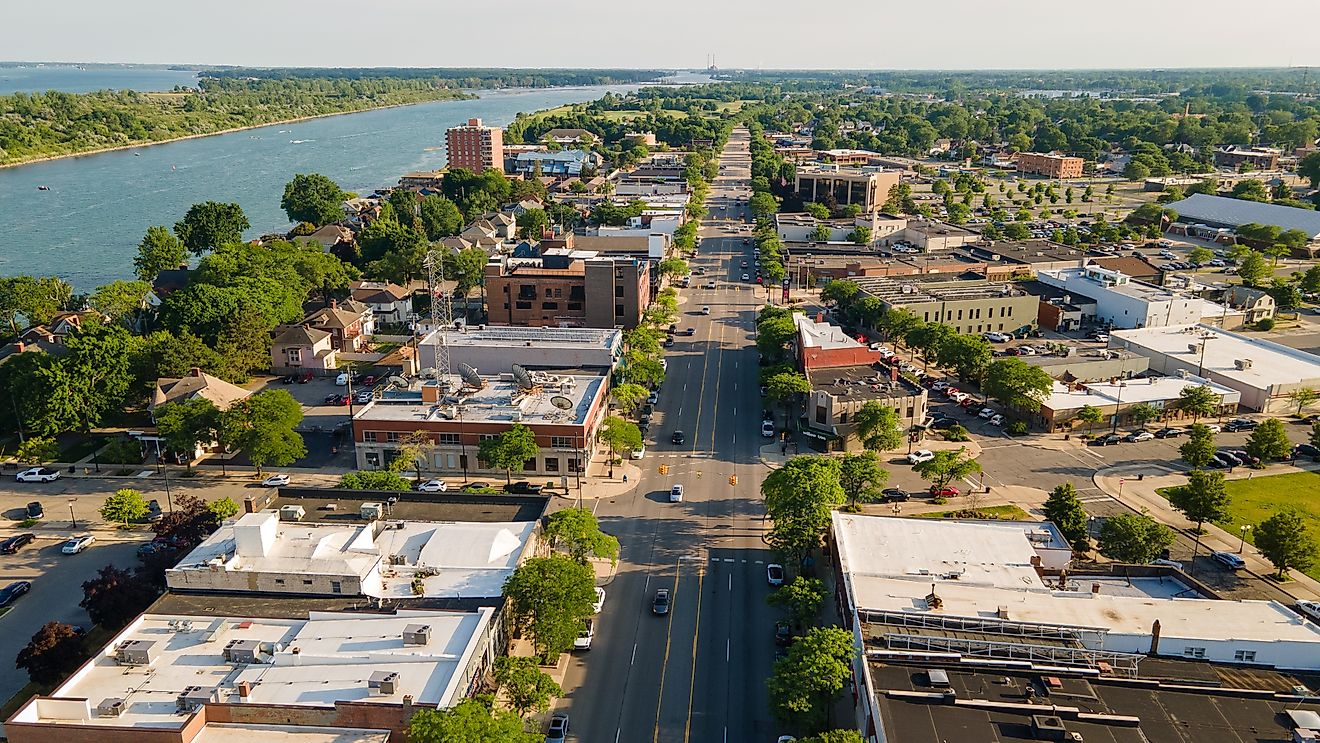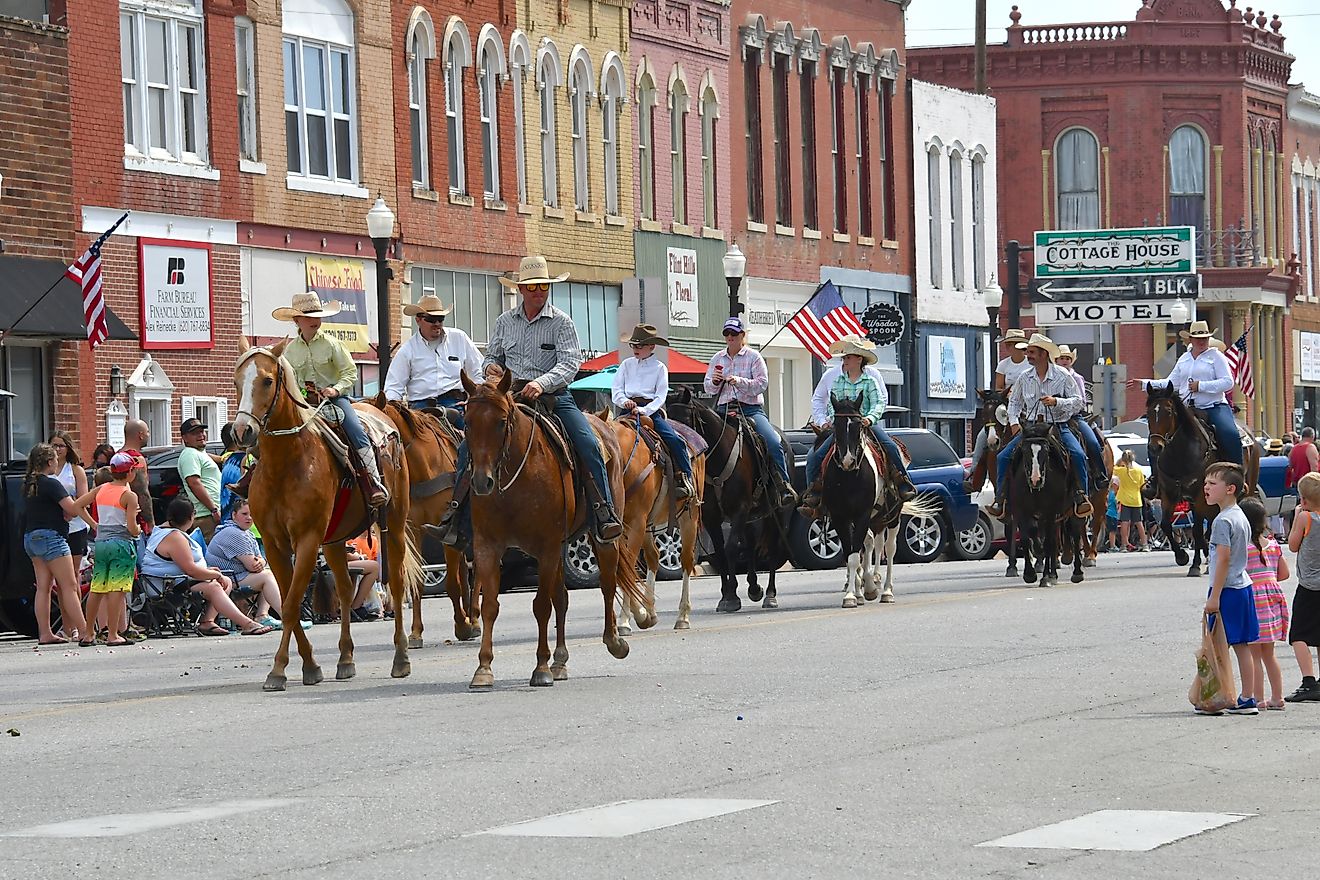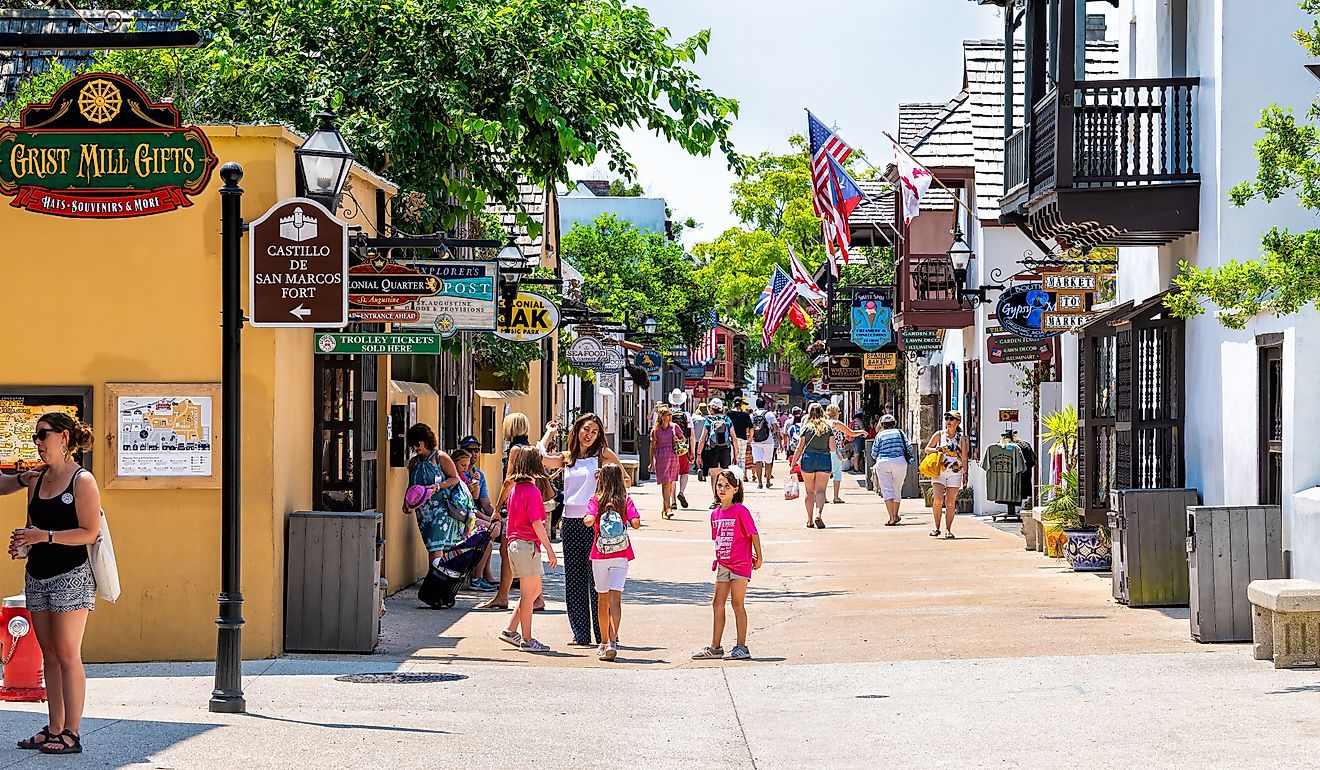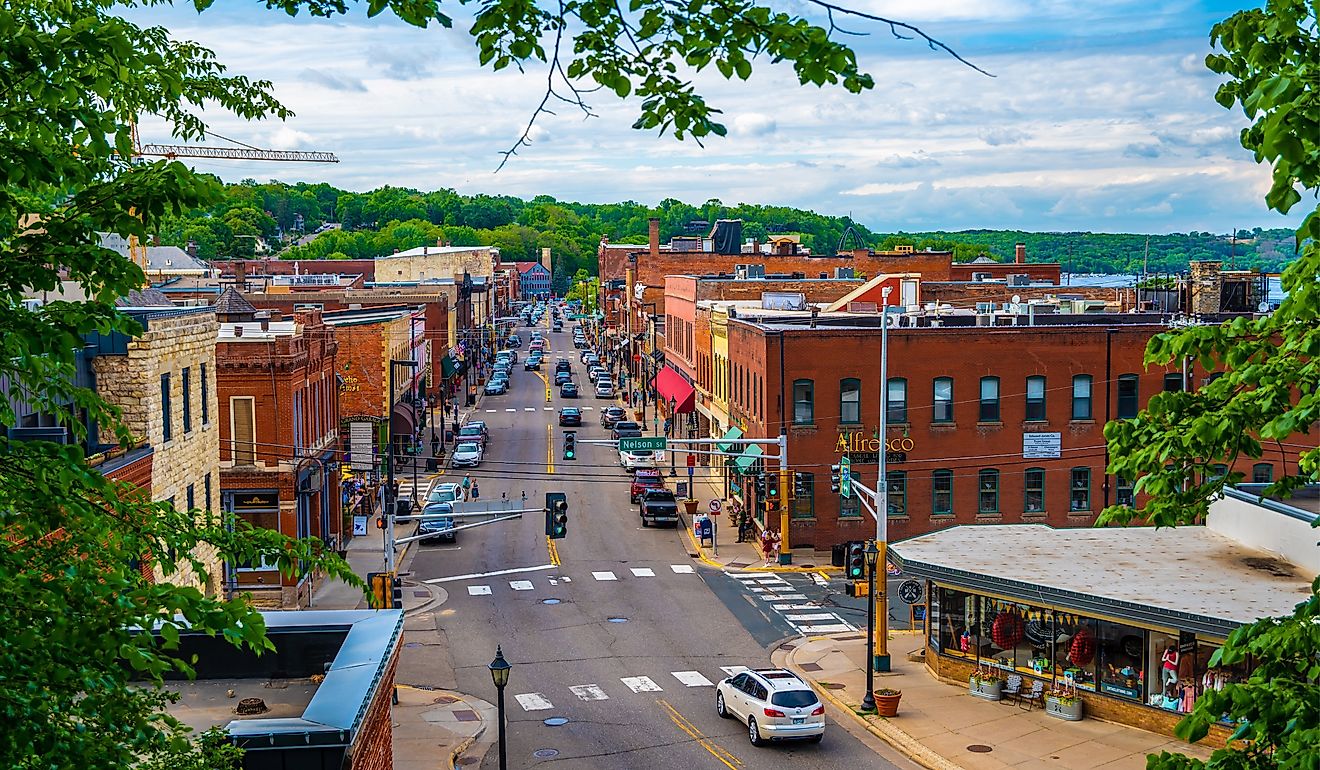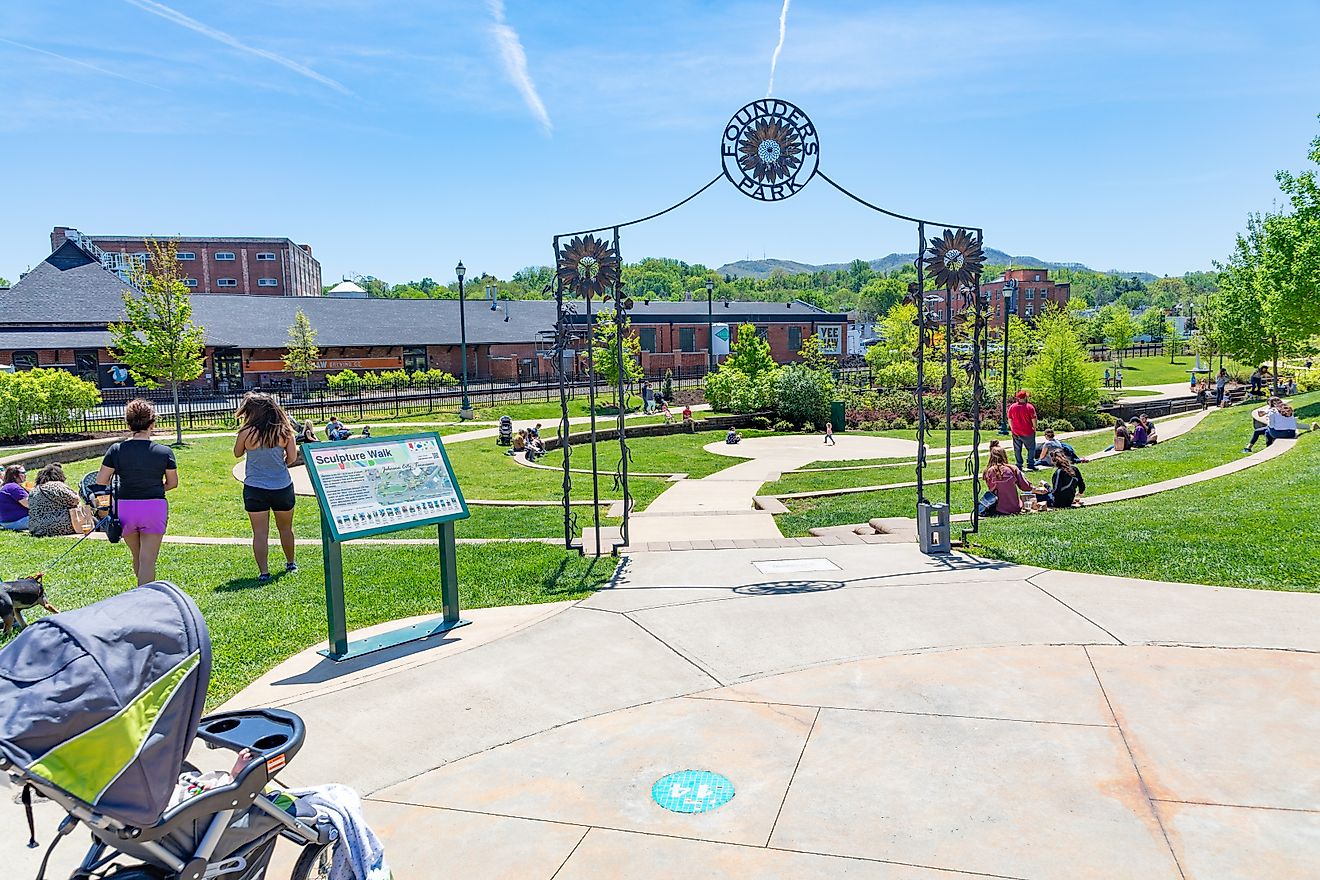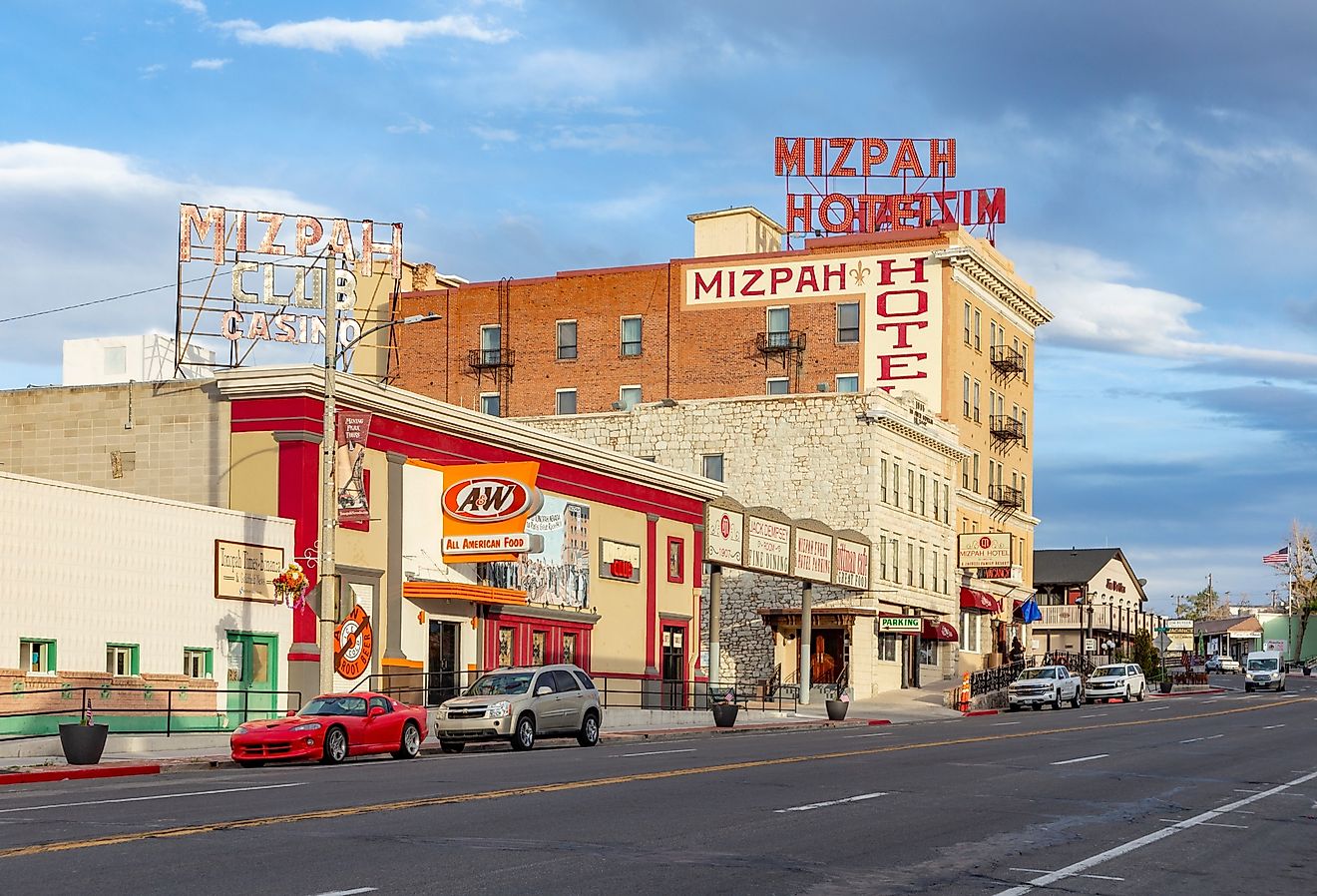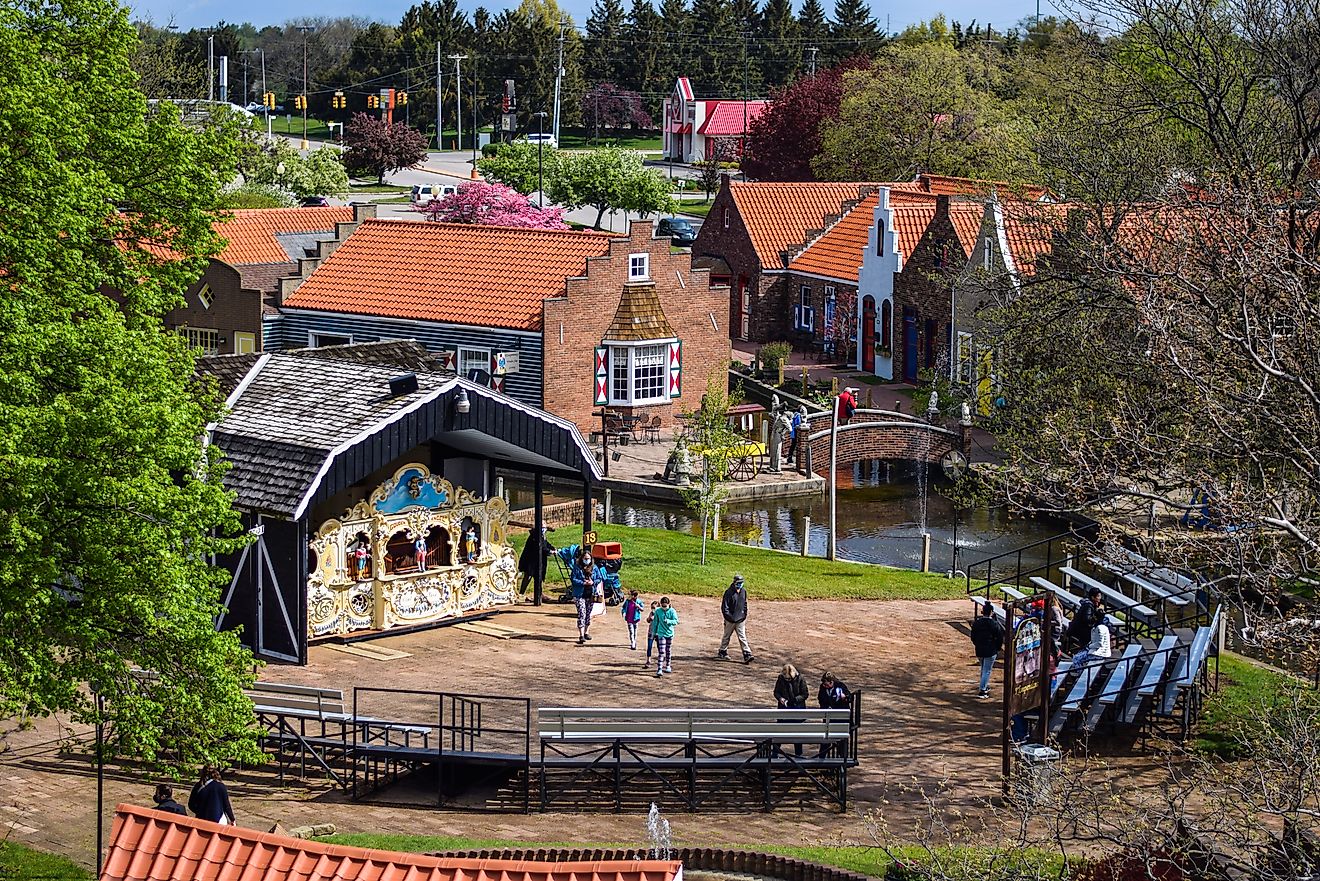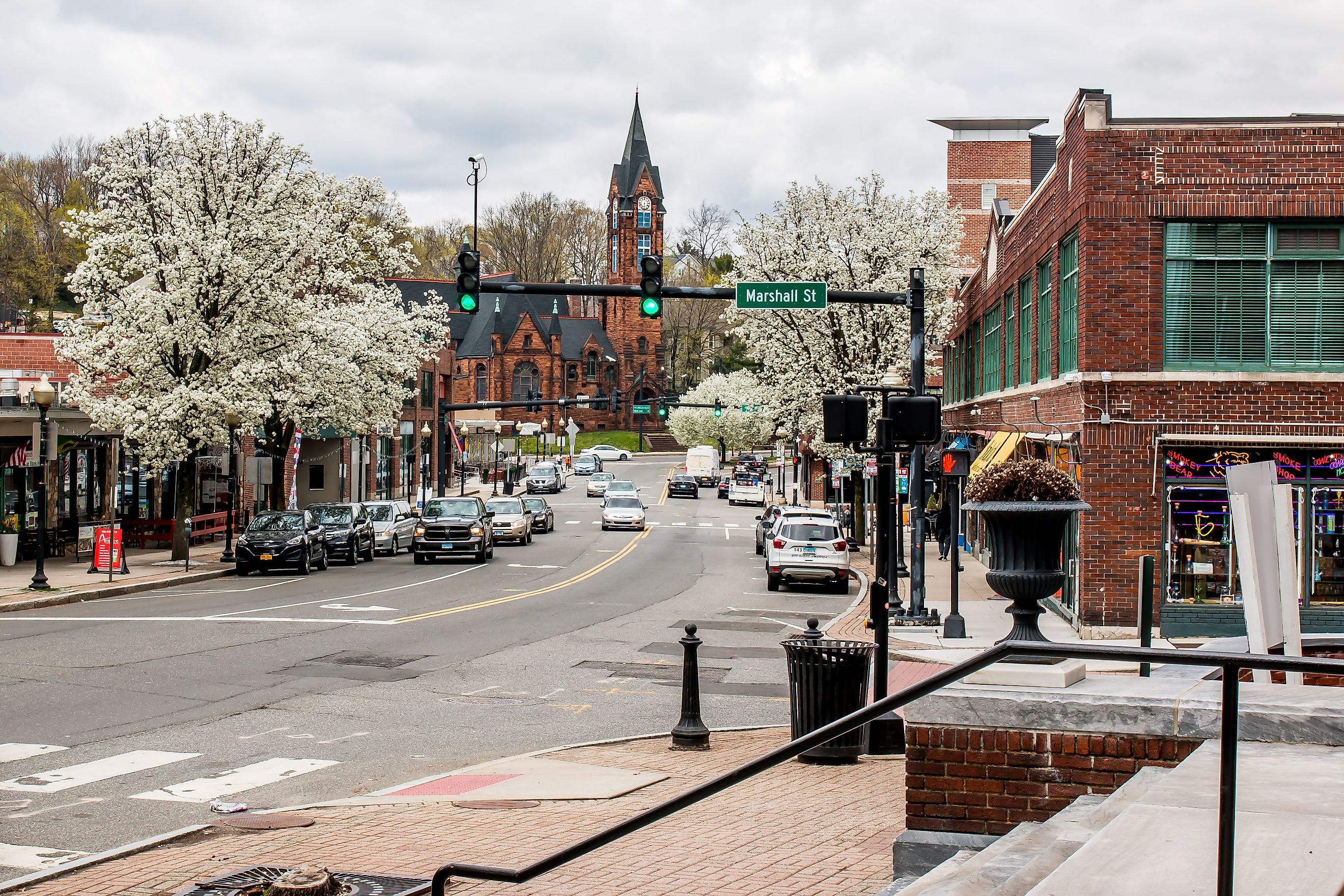
8 Must-See Historic Towns in Connecticut
Connecticut is a beautiful state in New England with a history that dates back more than 12,000 years. By the 1500s, Dutchmen had found their way to the area and soon began associating with the Indians through trade. In the 1600s, the area became an English colony, and soon after, it became one of the 13 colonies that opposed British rule. This led to the American Revolution, which eventually birthed what is now known as the United States. Thus, Connecticut is an incredibly historic state, and its towns hold a large chunk of that rich history. A visit to these towns is more like a trip back in time as they are filled with historic structures and artifacts from as far back as the earliest days of this area’s human habitation. They also showcase cultural vibrance and outdoor activities, perfect for a vacation. From Wethersfield to Windsor, here are eight must-see historic towns in Connecticut today.
Stonington
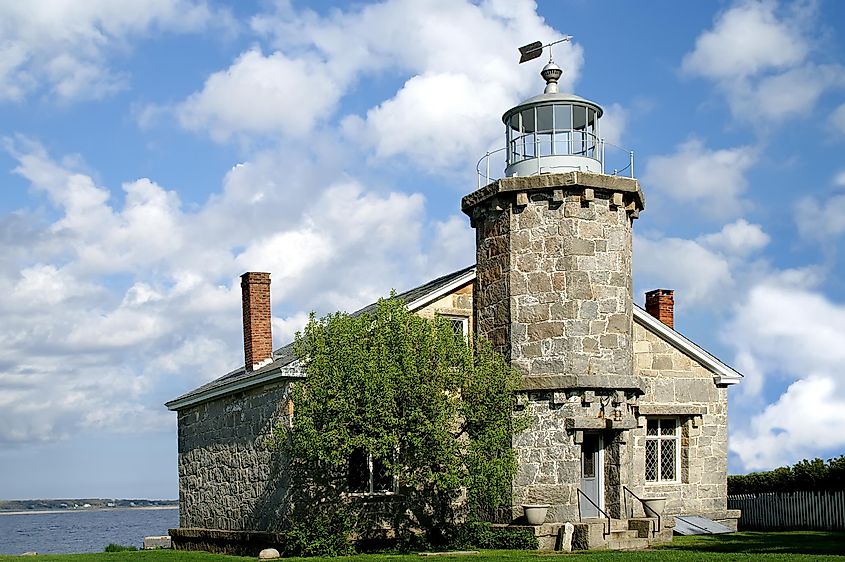
Stonington is a lively town in New London County known for its laid-back vibe. The town’s history dates to the 1640s when several European settlers came to the area. At the time, the area was under Massachusetts but became part of Connecticut in 1662 when the state received its royal charter. Things went on smoothly with the town, and it even became famous for its shipbuilding and whaling industries. However, in 1814, it was subjected to heavy assault by British forces led by Thomas Hardy in the War of 1812 (Battle of Stonington). Today, the Monument of this war stands tall in the town center, in a spot known as Cannon Square, which features the original two 18-pounder cannons that the Americans used to retaliate. Visitors should also see the Captain Nathaniel Palmer House, a historic house museum built between 1852 and 1854, reflecting Greek Revival and Victorian Italianate architecture.
Ode to its location along the Atlantic coast, plenty of waterside opportunities are available. Those interested in maritime history can visit the 1840 Stonington Harbor Light, a stone lighthouse, and a history museum overlooking the harbor. Meanwhile, outdoor enthusiasts adore Dubois Beach for its scenic views and relaxing environment.
Torrington
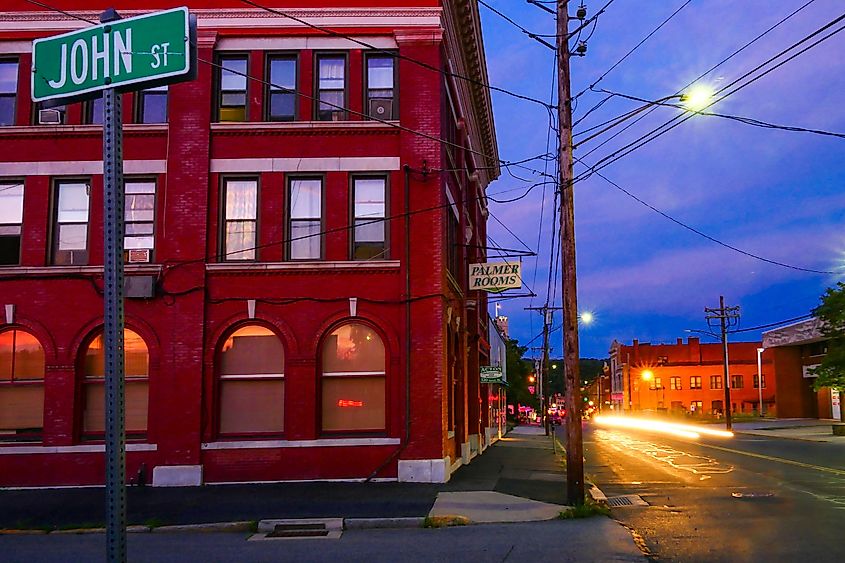
Torrington, a town in Litchfield County, has a history dating back to 1735 when Ebenezer Lyman Jr. of Durham first settled it. Subsequent settlers built their homes around the Naugatuck River, significantly influencing the town's industrialization. Soon after, many buildings like the first school, church, and tavern were also built around the river. As a result, the Downtown Historic District came to life. Tourists from all over the state flock to this district for its array of 19th and 20th-century buildings, such as the iconic Yankee Pedlar Inn and Warner Theater. From guided tours of the hotel and its paranormal rooms to live plays at the theatre, there is lots to do here.
While in this historic district, check out the Torrington History Museum. It features two self-guided exhibits that detail the past of Torrington in photographs and artifacts. Nearby, the river bank is also home to the Water Street Historic District, a historic area with lots to see. For example, the 1901 Torrington Fire Department Headquarters and Knights of Pythias building.
Ridgefield
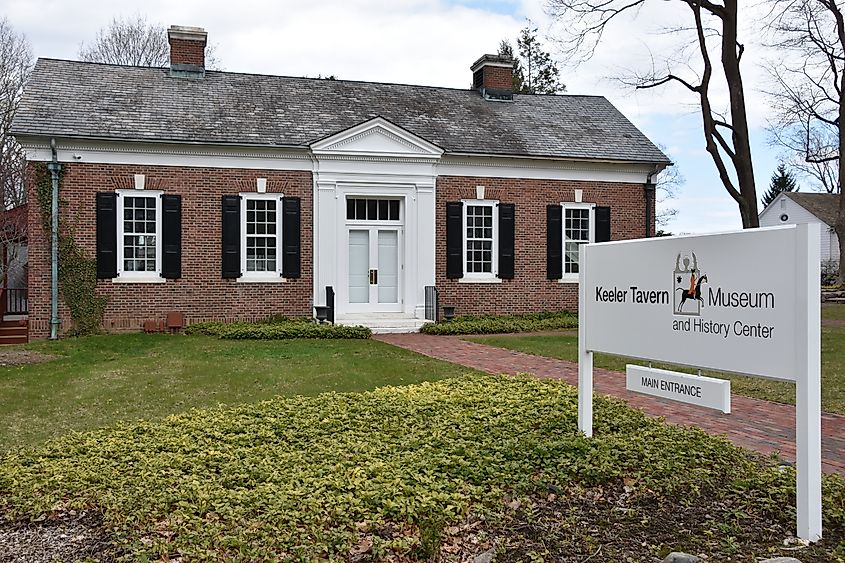
Ridgefield is a scenic town at the foot of the Berkshire Mountains, dating back to 1708 when English colonists from Norwalk settled on the land. It was incorporated the following year and became the site of the historic 1777 Battle of Ridgefield, a notable skirmish under the American Revolutionary War. Today, the town is home to historic attractions like the Keeler Tavern Museum & History Center and Ridgebury Congregational Church that preserve and tell the town’s rich history. The former boasts dozens of artifacts, photos, and memorabilia that allow visitors to envision the past. The latter is a historic highlight in this town, built in 1851 and listed on the National Register of Historic Places. If you have time after these spots, take a tour of the Benedict and House Shop, two of the oldest colonial buildings in the town that showcase life in the 1800s.
Ridgefield has an array of choices for art lovers thanks to its abundant theatres and galleries. Artists love the Aldrich Contemporary Art Museum, which houses a variety of artworks by contemporary artists within and beyond the United States. Meanwhile, those interested in performances can enjoy an intimate night of acoustics at the Ridgefield Playhouse Theater.
Wethersfield

Wethersfield is one of the oldest towns in Connecticut, founded in 1634 by a 10-man Puritan settlement party known as “The Ten Adventurers.” Until its incorporation in 1637, it was known as Watertown, but changed to its current name, taking after a village in Essex County, England. After this, the story continues, as Wethersfield was the site of four witch trials and three executions in the 17th century, giving its history a chilling undertone. Today, it is an open-air museum that echoes life from a bygone era with many historic attractions. The Webb Deane Stevens Museums is one attraction worth mentioning, as it is home to the 1752 Joseph Webb House. Here, George Washington planned the Siege of Yorktown - the last major battle of the war that led to Britain's surrender and the subsequent independence of its colonies. The museum is also home to two other historic 18th-century houses, including the 1769 Silas Deane House and the 1789 Isaac Stevens House.
The Wethersfield Museum at Keeney Memorial Center is another must-see historic landmark in this town that offers a peek into the area's storied past via exhibits. Lastly, visiting Wethersfield is also an opportunity to see the First Church of Christ built in the authentic 18th-century Georgian style.
Newington
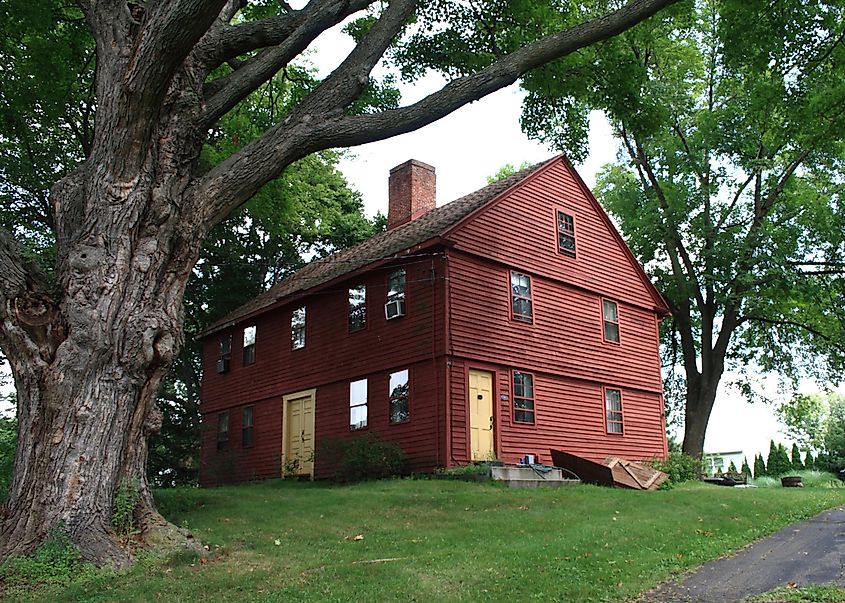
After Wethersfield, Newington is the perfect historic destination, as both towns have an interlinked past. This is because Newington was first settled in 1636 by homesteaders from Wethersfield. In 1721, these farmers asked the General Assembly of Connecticut Colony to name the area Newington, and the request was granted. While it took over 100 years for the town to be incorporated, rapid development kicked off in the 19th century with the arrival of the railroad. Visitors to Newington today can check out the 18th-century Willard Homestead. This iconic landmark was home to one of the town's early settlers and showcases the design, lifestyle, and stories from that time. Kellog-Eddy House and Museum is another must-visit historic attraction, as it features permanent exhibits such as farm tools from the town’s early days. If this doesn’t quench your thirst for the past, visit the Iwo Jima Survivors Memorial Park to see the statues and cenotaphs of the 100 Connecticut indigenes who fought in the Battle of Iwo Jima during World War II. After all the history, take a relaxing break at Churchill Park, where there are walking trails, picnic areas, playgrounds, and more fun facilities.
Simsbury
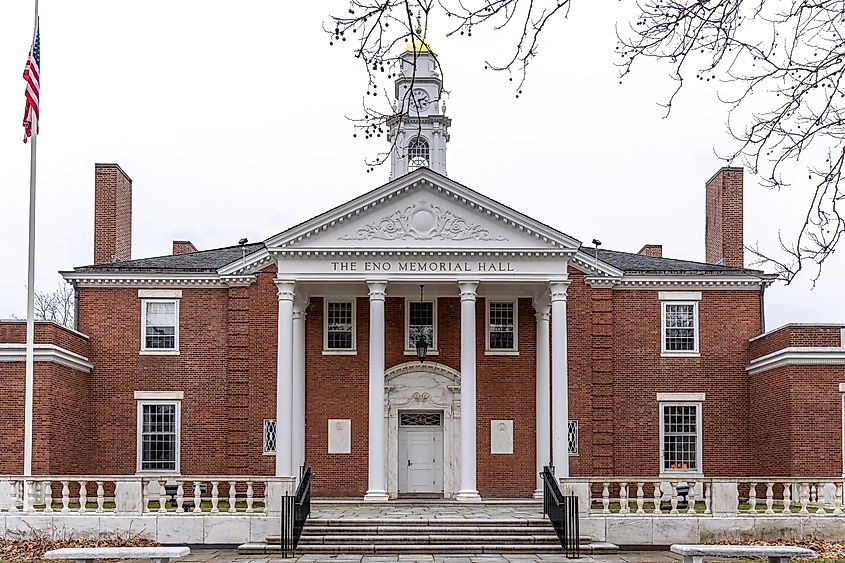
Simsbury was incorporated in 1670 after John Case, a police constable, and Joshua Holcomb petitioned the General Court that Massaco (the town's native name) should become a town. The town was named Simsbury after the court granted the petition, and it later became a hot spot for the 1675 King Philip War, a battle between native tribes and English settlers. History buffs visiting Simsbury today can have a slice of history at the 1932 Eno Memorial Hall. It once served as a courthouse, city hall, and a government office complex.
To stay in the past, tourists can explore the local Simsbury Center Historic District. This district has many 19th- and early 20th-century buildings, such as the Simsbury Railroad Depot and Simsbury Townhouse. They display intricate Greek Revival-style architecture and riveting tales of old that are a blast for history enthusiasts. Before leaving the town, stop by the 1892 Drake Hill Road Bridge over the Farmington River. It is a rustic gem appreciated as one of Connecticut's three surviving Parker Truss bridges.
Windsor
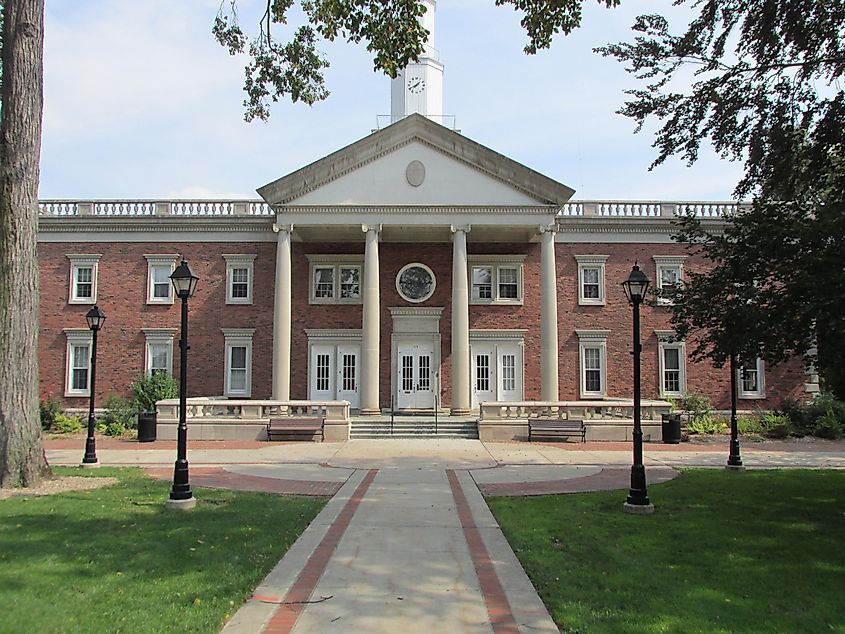
Windsor is a monumental town in Connecticut’s history, as it is the first English settlement in the state. Initially developed as a trading port in 1633, it was incorporated as a town four years later. Today, visitors can immerse in its history by first visiting the First Church Meeting House, built in 1794 and serving as the worship site for English settlers. Also, historic travelers love the Windsor Station, built in 1870, and flock to the 1867 Farmington River Railroad Bridge. Whether it is the iconic Victorian architecture of the station or rustic tracks along the bridge, these spots are a treat for anyone in town. Before leaving, visit the Vintage Radio and Communications Museum of Connecticut for a unique take on the past. This exciting museum displays the development of communications technology, with all sorts of radios, equipment, and items for hands-on learning.
Guilford
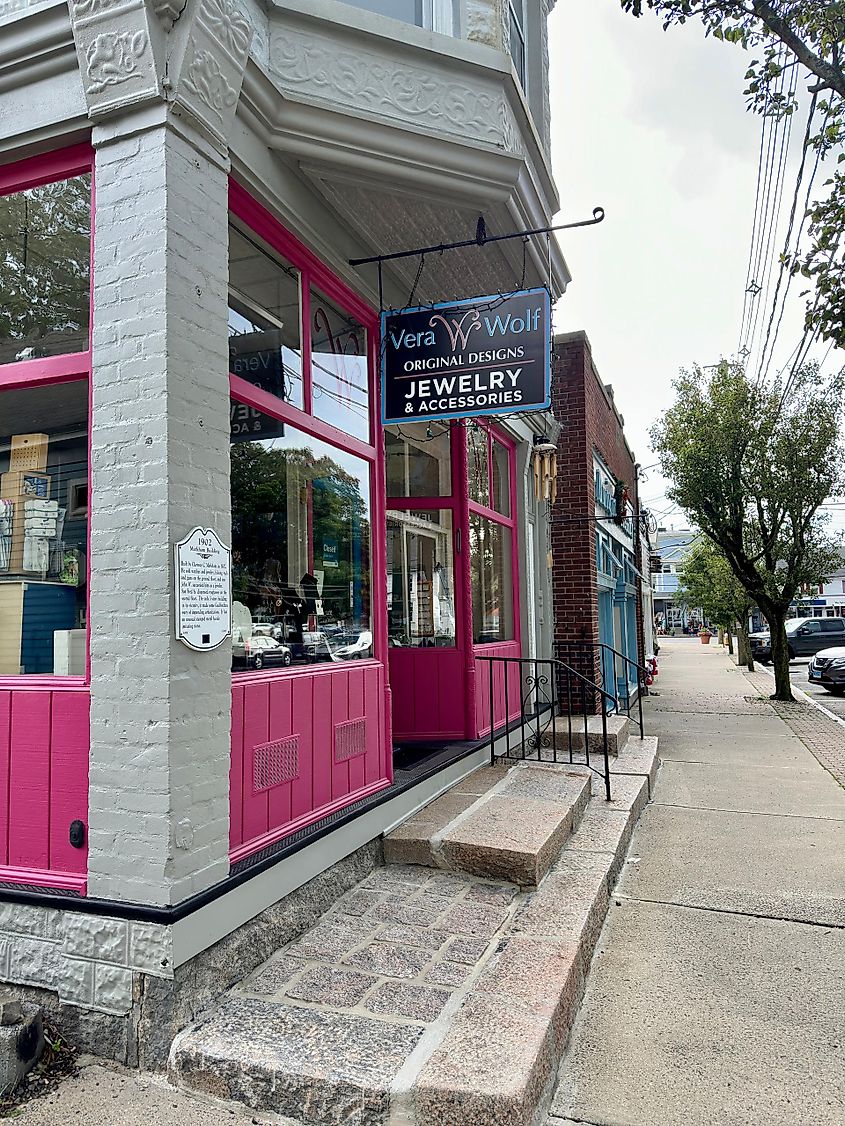
Guilford is one of Connecticut's oldest towns and is bustling with a rich history. The town was founded in 1639 after a treaty with Native Americans in the area, and it got its name from Guildford in England, where some of its first settlers came from. Today, the town boasts five house museums and over a dozen historic attractions. Among these is the Henry Whitefield House, one of the top house museums in this town, which is a sight to behold as the oldest residential building in Connecticut and the oldest stone house in New England. Guilford also features the 1695 Comfort Starr House, now considered one of the oldest timber frame houses in the US.
While these spots hold the limelight, a stroll through the Guilford Town Center Historic District is just as vibrant. From appreciating the architecture of the First Congregational Church to grabbing a bite at Quattro’s Italian, one will never get bored. Visitors can also check out the Faulkner Island Lighthouse on Long Island Sound if there's still time. Thomas Jefferson commissioned this iconic structure in 1802, making it the second-oldest lighthouse in the state after the New London Harbor Light.
Connecticut is truly a blast from the past as history resonates across its small towns and cities. There is no shortage of historic attractions to explore once here, and the experience hits differently because they retain their old-world character. Across museums, lighthouses, and historic homes, one can easily taste life in the 17th, 18th, and 19th centuries in these small towns of Connecticut. Plus, the quaint and laid-back allure of these towns makes for a peaceful immersion into the historic times of New England and an escape from the noise of the cities.

